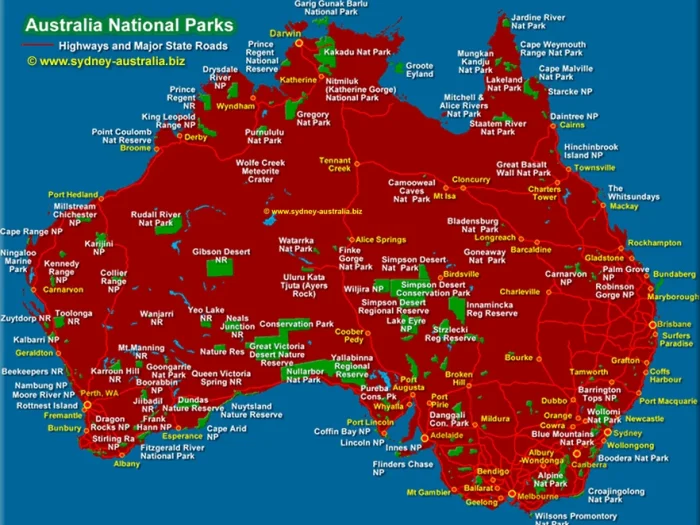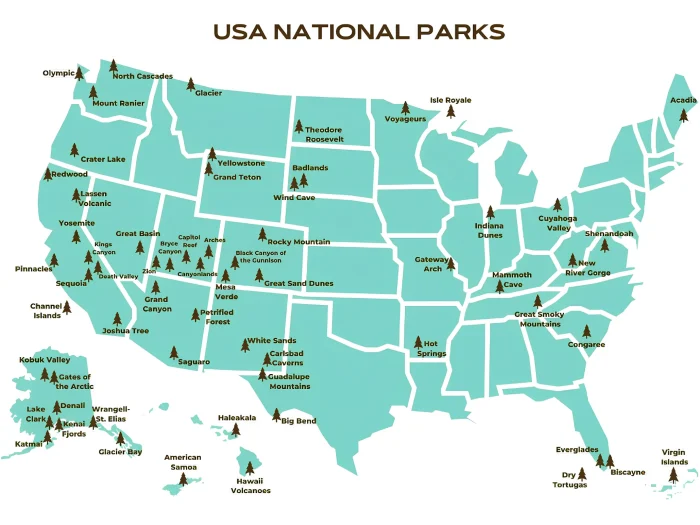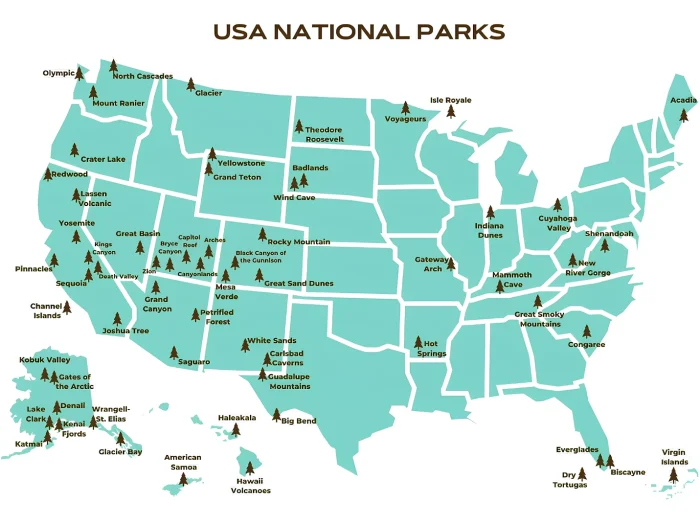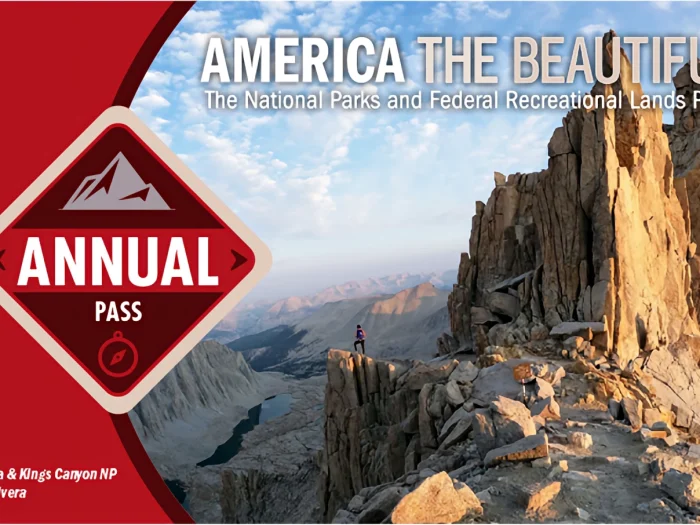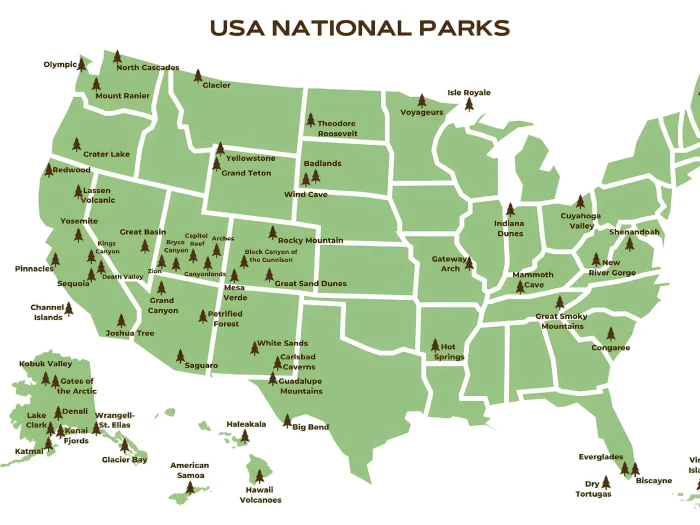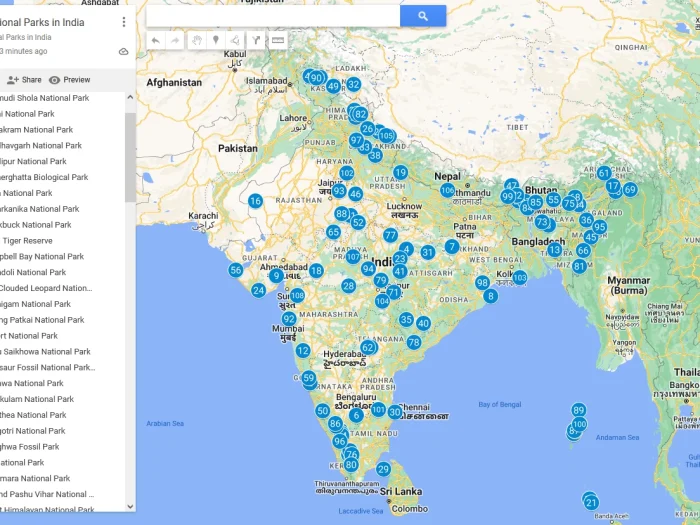White Sands National Park: A Desert Wonderland of Glimmering Dunes
Nestled in southern New Mexico, White Sands National Park stands as one of the most captivating natural landscapes in the United States. Renowned for its glistening white gypsum sand dunes, it offers visitors a surreal experience unlike any other desert environment. With a unique blend of geological, ecological, and cultural significance, White Sands beckons nature lovers, photographers, hikers, and anyone seeking a tranquil escape into nature’s beauty.
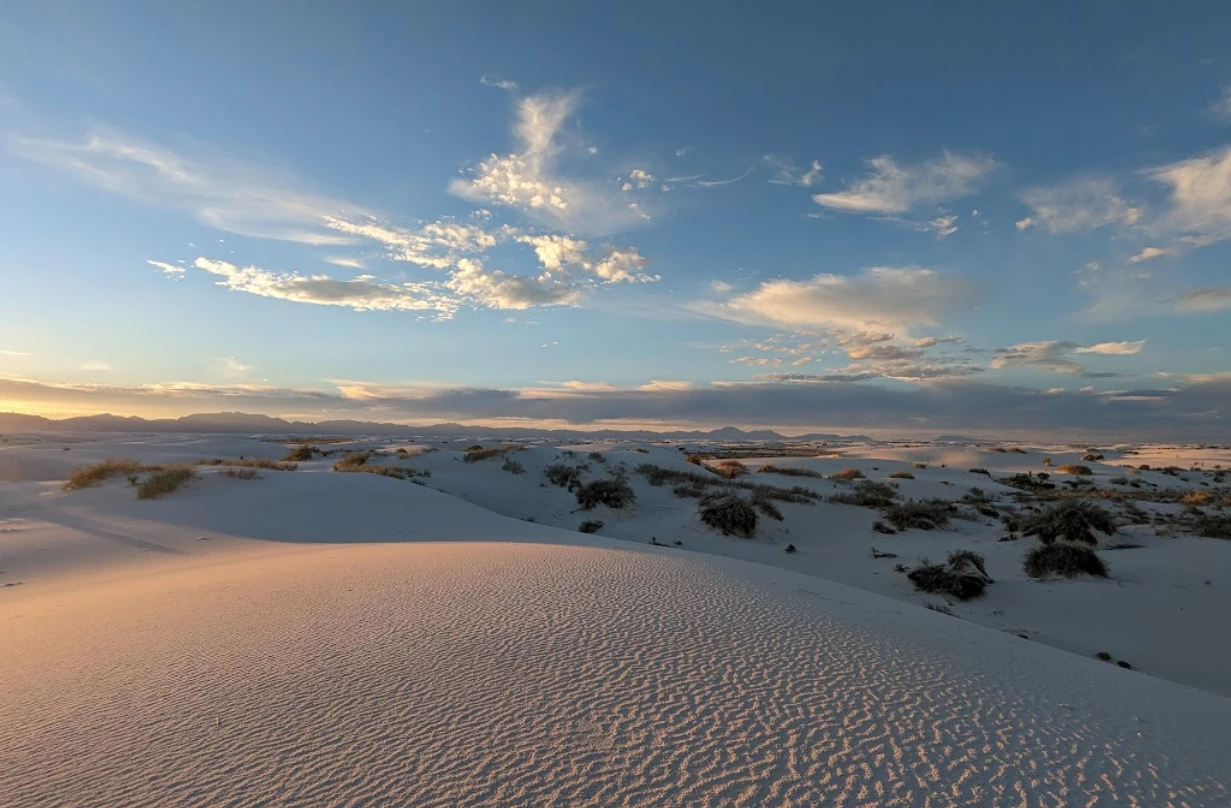
How to Get to White Sands National Park
White Sands National Park is located in southern New Mexico, nestled in the Tularosa Basin. The park is accessible by car, and the closest major cities to White Sands National Park are Las Cruces, New Mexico, and El Paso, Texas. Below are the directions and transportation options to reach the park:
By Car
Driving is the most convenient way to reach White Sands National Park, and it offers flexibility for exploring the park at your own pace.
- From Las Cruces, New Mexico (52 miles, 1-hour drive)
- Take U.S. Highway 70 East towards Alamogordo.
- White Sands National Park is located directly off U.S. 70 between Las Cruces and Alamogordo.
- You’ll see signage directing you to the park’s entrance.
- From El Paso, Texas (100 miles, 1.5-hour drive)
- Head north on I-10 West.
- Take exit 162 onto U.S. Highway 54 East, toward Alamogordo.
- In Alamogordo, take U.S. Highway 70 West toward Las Cruces.
- Continue on U.S. 70 until you reach the park entrance.
- From Albuquerque, New Mexico (225 miles, about 3.5-hour drive)
- Take I-25 South towards Las Cruces.
- In Las Cruces, take U.S. Highway 70 East towards Alamogordo.
- Follow U.S. 70 to the park entrance.
By Air
The closest airports to White Sands National Park are located in El Paso, Texas, and Albuquerque, New Mexico. After flying into one of these airports, you can rent a car to drive to the park.
- El Paso International Airport (ELP): About 65 miles (1 hours) from White Sands, this is the most convenient airport for those flying in from other regions.
- Albuquerque International Sunport (ABQ): This airport is about 225 miles (3.5 hours) from White Sands, making it an option for those traveling from farther distances.
A Landscape of White Gypsum
White Sands National Park is named after the vast 275-square-mile field of gypsum sand dunes that define its landscape. Unlike typical quartz sand found in other deserts, the dunes here are composed of gypsum crystals, giving them a striking white appearance. Gypsum is a water-soluble mineral rarely found in large sand deposits, as it typically dissolves and washes away. However, the Tularosa Basin’s unique geography and climate, surrounded by mountains that trap rainwater, prevent the gypsum from escaping, allowing it to form the dunes over time.
The dunes are constantly shifting, with wind reshaping them into ever-changing formations. Despite the harsh conditions, plant and animal life have adapted to this dynamic environment, making the park a haven for both natural beauty and biodiversity.
Flora and Fauna of White Sands
While White Sands may seem barren at first glance, it hosts a surprisingly diverse ecosystem. Many plants have evolved to anchor themselves in the shifting sands, including desert shrubs like yucca and saltbush. These hardy species help stabilize the dunes and provide shelter and food for the wildlife.
Animals such as kangaroo rats, desert foxes, and various lizards have developed unique adaptations to thrive in this desert environment. Many creatures have evolved lighter skin or fur to blend into the white landscape, helping them avoid predators and cope with the high desert temperatures. The park is also home to several species of moths and beetles that are found nowhere else in the world.
A Geological Marvel
The formation of the White Sands dunes is tied to the rise of the surrounding San Andres and Sacramento mountains, which began over 250 million years ago. Eons of geological activity, combined with fluctuating sea levels, erosion, and the eventual drying of ancient Lake Otero, laid the foundation for the gypsum deposits we see today. Over thousands of years, water evaporated from the lake, leaving behind a thick layer of gypsum that eventually formed the iconic dunes.
Recreational Opportunities
White Sands National Park is not only a geological wonder but also a playground for outdoor enthusiasts. Hiking is a popular activity, with several trails that offer a chance to explore the dunes and surrounding ecosystems. The Dune Life Nature Trail, for instance, provides insight into the wildlife that calls the park home, while the Alkali Flat Trail gives hikers a more strenuous route through the heart of the dunes.
A unique and thrilling experience in White Sands is sand sledding. Visitors can rent or bring sleds and slide down the steep slopes of the dunes, adding a fun, snow-like activity to this desert landscape.
For those seeking a peaceful experience, the park offers excellent stargazing opportunities. Due to its remote location and low light pollution, White Sands is a prime spot for viewing the night sky. Visitors can attend special nighttime events, such as full moon hikes, where the dunes glow eerily under the moonlight, offering a magical atmosphere.
One of the most remarkable discoveries at White Sands National Park is a set of fossilized human footprints, which offer a window into the lives of people who lived in the area more than 23,000 years ago. These footprints were discovered in the park’s ancient lakebed and are considered some of the oldest evidence of human presence in North America.
The footprints, preserved in layers of wet gypsum, reveal fascinating details about life in the Ice Age. They tell the story of hunters, gatherers, and even children who roamed the area when it was far cooler and wetter than today. These findings are challenging previous theories about when humans first inhabited the Americas and have sparked significant excitement among archaeologists and historians alike. The footprints also add another layer to White Sands’ significance, turning it from a stunning natural wonder into an important archaeological site.
These ancient marks on the landscape connect visitors not only to the beauty of the dunes but also to the deep, ancient past of human civilization, reminding us that this area has been significant for millennia.
The Science of the Sands: Studying Climate and Ecosystems
White Sands is not only a tourist destination but also a hotspot for scientific research. Scientists flock to the park to study its unique gypsum dunes, which provide critical insights into everything from climate change to desert ecology. The delicate balance between the region’s weather patterns, wind, and sand movement is of particular interest to geologists and climatologists, as the dunes act as a natural laboratory for understanding desert dynamics.
Gypsum dunes are rare on Earth, making White Sands one of the only places where scientists can study the large-scale movement and formation of these unique landscapes. The park’s dynamic ecosystem is also a focus of study, especially the adaptations of plants and animals that manage to thrive in such an inhospitable environment. The constant reshaping of the dunes creates an ever-changing habitat, presenting scientists with the chance to observe how ecosystems respond to rapid environmental changes.
In addition, White Sands’ reflective, heat-resistant surface makes it a critical location for studying the potential impact of reflective surfaces on climate, a phenomenon that could help inform strategies for combating global warming.
Visiting White Sands National Park: What You Need to Know
For those planning a visit, White Sands National Park offers a variety of activities, whether you’re looking for adventure or a more serene experience. The park is easily accessible from major cities like Las Cruces, New Mexico, and El Paso, Texas, with plenty of nearby amenities for travelers.
- Best Time to Visit: While the park is open year-round, the best time to visit White Sands National Park is during the cooler months of fall and winter, when temperatures are mild. Summers can be extremely hot, with daytime highs often exceeding 100°F (38°C), making early morning or late afternoon visits ideal during the warmer seasons.
- Entrance Fees and Permits: As of 2024, the park charges a modest entrance fee, which grants visitors access to the park’s trails and facilities. Special permits are required for photography, backcountry camping, and other activities.
- Staying Overnight: For those who want to experience the desert at night, backcountry camping is allowed in designated areas. Campers can witness the stunning transition from day to night as the white dunes take on shades of orange and pink during sunset, and then transform into a shimmering expanse under the moon and stars.
- Safety Tips: Despite its beauty, White Sands can be a harsh environment. Visitors should come prepared with plenty of water, sunscreen, and proper footwear for hiking in the soft, shifting sands. It’s also essential to stay on marked trails or bring a GPS, as the uniformity of the dunes can make it easy to get disoriented.
- Events and Programs: The park hosts a variety of ranger-led programs, from educational talks on the area’s natural history to guided full moon hikes and sunrise photography sessions. These programs provide a deeper understanding of the park’s significance, both natural and cultural.
A Photographer’s Paradise
White Sands National Park is a magnet for photographers due to its stark, ethereal beauty. The blindingly white gypsum dunes create incredible contrasts with the deep blue skies, and the textures of the windswept sand ripple like waves, making every shot a masterpiece. The light in the park changes dramatically throughout the day, offering photographers unique opportunities for capturing the dunes in different moods—whether bathed in the warm golden light of sunrise, the sharp midday sun, or the soft pastels of sunset.
For those interested in night photography, White Sands is renowned for its clear skies and minimal light pollution, offering excellent conditions for capturing the Milky Way, meteor showers, or the moonlit dunes.
The Magic of White Sands
White Sands National Park is a place of paradoxes: a harsh desert environment that hosts a surprising diversity of life, a pristine wilderness that has witnessed millennia of human activity, and a quiet, serene landscape that has played a critical role in some of the most significant scientific and military advancements of the 20th century.
Its beauty is unlike any other national park in the U.S., providing a sense of otherworldliness that captures the imagination of all who visit. Whether you’re drawn to White Sands for its surreal beauty, ancient history, or the simple thrill of sliding down a giant dune, it’s an experience that leaves a lasting impression on everyone fortunate enough to explore this shimmering desert wonderland.
Cultural Significance
White Sands is not just a place of natural wonder; it is also steeped in cultural history. The area has been inhabited for thousands of years by Native American groups, including the Apache and Mescalero peoples. Archeological discoveries within the park, such as prehistoric footprints, give insight into ancient human activity in the region.
In more recent history, White Sands was used as a testing site for military operations. It played a role in the development of missile technology, and nearby White Sands Missile Range still operates today. The park’s proximity to military installations adds a layer of complexity to its story, blending natural beauty with a backdrop of scientific advancement.
Conservation and Preservation
As a designated national park since 2019, White Sands is now part of the U.S. National Park Service, a shift that elevated its protection and recognition. Prior to its national park status, the area was designated as a national monument since 1933. This change was not only symbolic but also crucial for the long-term conservation of its unique ecosystems and cultural sites.
Efforts are ongoing to manage the delicate balance between human recreation and the preservation of the dunes’ natural and cultural resources. Climate change, shifting weather patterns, and increasing visitor traffic all pose challenges to the preservation of this delicate landscape, making continued conservation efforts essential for its future.
White Sands National Park Weather
White Sands National Park experiences a desert climate, characterized by hot summers, mild winters, and low humidity. The weather can vary greatly depending on the time of year and time of day, so planning your visit accordingly is essential for an enjoyable experience.
Summer (June to August)
- Temperature: Daytime highs can reach 95°F to 105°F (35°C to 40°C).
- Nights: Temperatures cool down significantly, ranging from 60°F to 70°F (15°C to 21°C).
- Conditions: Summer days are very hot and dry, with occasional afternoon thunderstorms.
- Best Time: Early morning or late afternoon, when temperatures are cooler and the lighting is ideal for photography.
Fall (September to November)
- Temperature: Highs range from 75°F to 85°F (24°C to 29°C).
- Nights: Lows can dip to 40°F to 50°F (4°C to 10°C).
- Conditions: Pleasant temperatures make this one of the best times to visit.
Winter (December to February)
- Temperature: Daytime highs range from 50°F to 60°F (10°C to 16°C).
- Nights: Lows can drop below freezing, around 20°F to 30°F (-6°C to -1°C).
- Conditions: Days are typically sunny but chilly, especially in the early morning and evening.
Spring (March to May)
- Temperature: Highs range from 70°F to 85°F (21°C to 29°C).
- Nights: Lows range from 40°F to 50°F (4°C to 10°C).
- Conditions: Winds are common in spring, especially in March and April, which can create dust storms.
Conclusion
White Sands National Park is a place where time seems to slow down, and the vast expanse of gleaming white dunes stretches endlessly into the horizon. Whether you’re visiting for its breathtaking beauty, its fascinating history, or the sheer thrill of exploring one of nature’s most unique environments, White Sands offers an unforgettable experience. From the smallest desert creatures to the grand scale of the dunes, every aspect of this park captivates the senses and reminds us of the wonders of the natural world.
Read more:
- List of National Parks in the United States
- Most Visited National Parks in The US
- The Smallest National Park in The US
Tag: white sands national park new mexico, white sands national park weather

